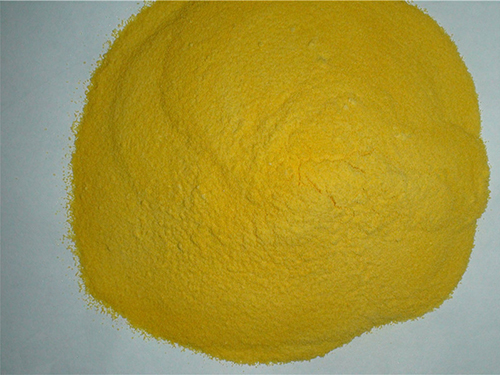Understanding the Processes of Coagulation and Flocculation in Water Treatment
Coagulation and Flocculation Essential Processes in Water Treatment
Water treatment is crucial for ensuring safe and clean drinking water, as well as for maintaining the quality of water bodies used in various industrial processes. Two fundamental processes in the water treatment field are coagulation and flocculation. These processes are key to removing impurities, suspended solids, and colloidal particles from water, ultimately ensuring that we have access to safe and potable water.
Understanding Coagulation
Coagulation is the first stage in the water purification process. It involves the addition of coagulant chemicals, typically aluminum sulfate (alum) or ferric chloride, to the water. These chemicals destabilize the colloidal particles present in the water by neutralizing the negative charges that keep these particles suspended. When the charges are neutralized, the particles begin to bond or clump together, forming larger aggregates known as micro-flocs. Temperature and pH can greatly influence the effectiveness of coagulation, making it essential to monitor these parameters closely during the process.
The coagulation process is rapid. It typically occurs within minutes after the coagulants are added. This allows for the initial aggregation of particles, which is critical in the overall water treatment process. Proper mixing techniques, such as rapid mixing or mechanical agitation, can enhance the coagulation process by ensuring that the coagulant is evenly distributed throughout the water.
The Role of Flocculation
Following coagulation, flocculation is the next step in the water treatment process. Flocculation is a slower, more gentle process that allows the micro-flocs formed during coagulation to grow larger and heavier through continued agglomeration. During this stage, the water is mixed slowly to promote the collision of the micro-flocs, facilitating further particle bonding and the formation of larger flocs, or flock.
coagulation and flocculation

The flocculation process can last from several minutes to a few hours, depending on the specifics of the water treatment operation. The larger, heavier flocs that are formed during flocculation are crucial, as they can be more easily removed through sedimentation or filtration. Effective flocculation relies on the correct mixing conditions, including the speed and duration of agitation, to maximize the aggregation of particles without breaking apart existing flocs.
Impact on Water Quality
The combined processes of coagulation and flocculation can significantly improve water quality. By effectively removing turbidity, harmful microorganisms, and other pollutants, these processes reduce the risk of waterborne diseases and contribute to cleaner water sources. Additionally, they can help remove organic materials and toxins, which, if left untreated, could cause adverse health effects.
Moreover, the effectiveness of coagulation and flocculation can also influence downstream processes such as sedimentation, filtration, and disinfection. Poorly treated water can lead to excessive load on these subsequent processes, requiring more energy and resources to achieve the desired standards of clean water.
Conclusion
Coagulation and flocculation are critical processes in the field of water treatment, contributing significantly to the production of safe and clean water. By understanding and optimizing these processes, water treatment facilities can enhance their operational efficiency and output, ensuring access to quality water for all. As global populations grow and water resources become increasingly strained, the importance of effective water treatment methods like coagulation and flocculation cannot be overstated. Emphasizing research and innovation in these areas is essential for sustainable water management in the future.
-
Understanding Polycarboxylic Acids: Properties, Applications, and Future PotentialNewsJul.28,2025
-
Scale Inhibitor Explained: How to Protect Your System from Limescale and Hard Water DamageNewsJul.28,2025
-
Scale and Corrosion Inhibitors: Essential Chemicals for Industrial Water System ProtectionNewsJul.28,2025
-
Polyaspartic Acid: A Biodegradable Polymer for Sustainable ChemistryNewsJul.28,2025
-
Isothiazolinones: A Versatile Antimicrobial Class with Industrial Power and Regulatory ChallengesNewsJul.28,2025
-
A Deep Dive into 2-Phosphonobutane-1,2,4-Tricarboxylic Acid (PBTC)NewsJul.28,2025





